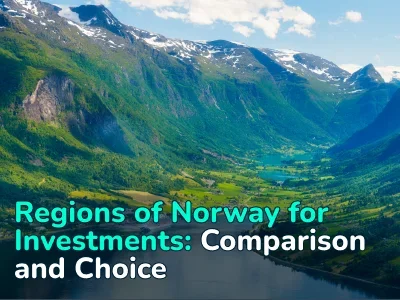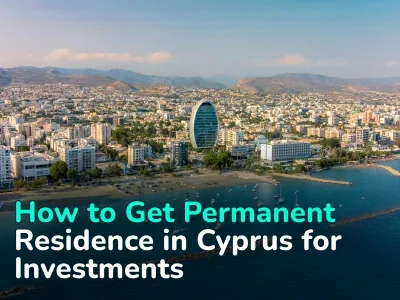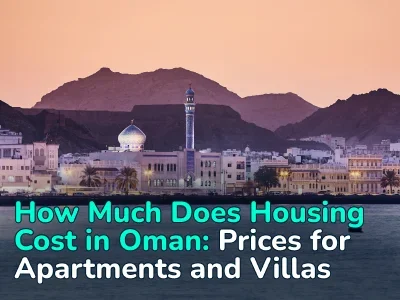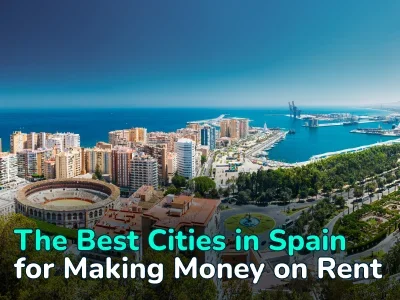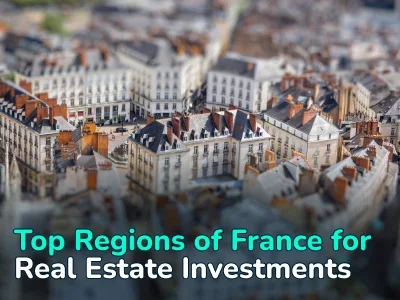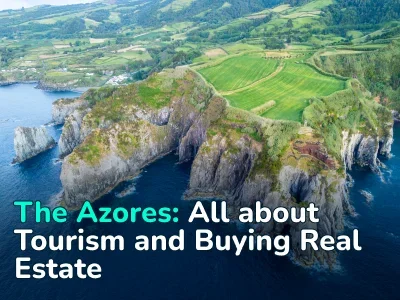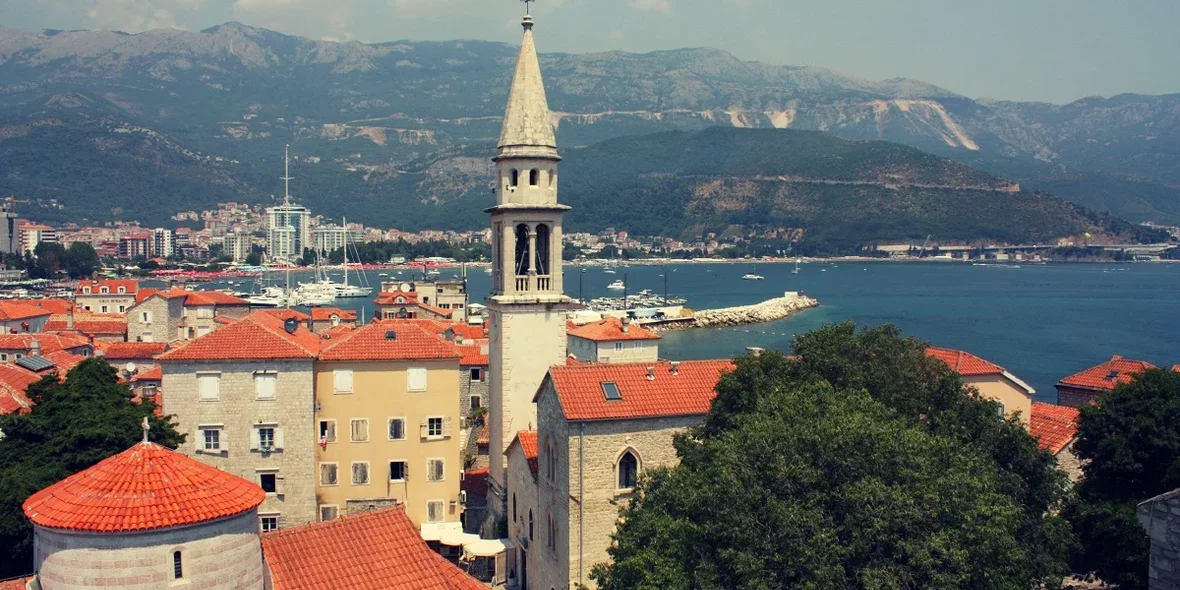
5 capitals of Eastern Europe where you can buy real estate at low prices
To buy foreign real estate, you need to have an impressive budget. If it is not enough, you can invest in an inexpensive apartment located in one of the European capitals. Surprisingly, in many European countries which are popular among investors, housing in the capital is much cheaper than in resort areas. At the same time, you can get a similar profit from investing in such real estate.
Why a metropolitan home?
The capitals of European states traditionally attract a lot of attention of investors. To buy an apartment in Rome, Berlin or Paris is everyone’s dream. And in general it is practical: such real estate always remains liquid because of great interest from buyers and tenants.
The high demand for housing is due to the fact that large flows of people regularly arrive in European capitals: foreign tourists, students and immigrants, employees and other categories of citizens.
Some come to study at prestigious universities; others, to work. For some, the main purpose of their trip is to visit the main attractions. Of course, all citizens arriving in European capitals need somewhere to live, so the demand for apartments among tenants always remains high. For the same reason, housing in capital cities regularly grows in price.
It has come to the point that in many European States, square metres have reached unfathomable prices. If you want to buy an apartment in London or Paris, you need to lay out at least half a million euros! This has already discouraged many buyers from purchasing housing in European capitals.
Eastern Europe: a new trend among investors
In the hope of finding low-cost real estate, foreigners began to pay more attention to Eastern Europe. In recent years, interest in it has increased so much that prices there have also soared to overwhelming heights.
For example, in Budapest, apartments began to be valued twice as expensively as 8 years ago, and Prague is already officially considered a metropolis for rich people. However, on the map of Eastern Europe, fortunately, there are still capitals where you can buy real estate at relatively low prices.
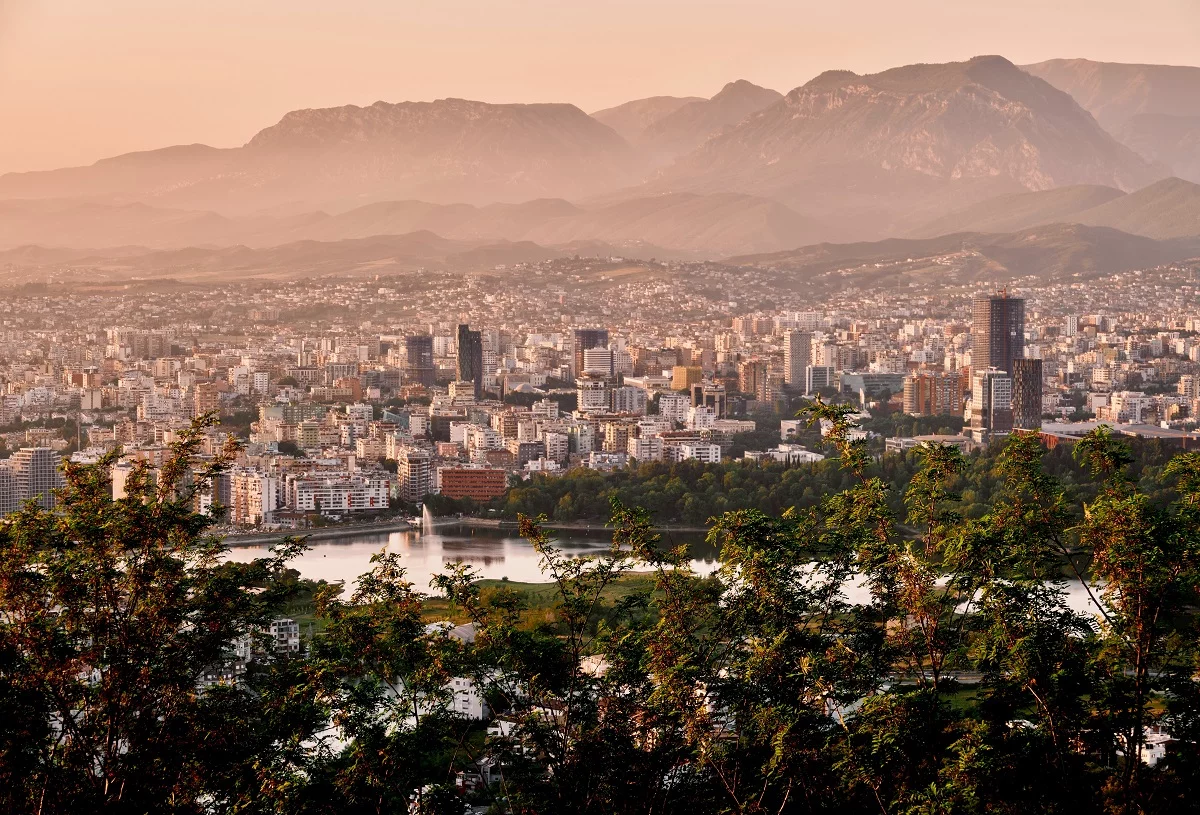
Podgorica, Montenegro
In Montenegro, investors and tourists are especially interested in local resorts, especially Bar, Budva and Herceg Novi. However, when buying real estate, it is important to take into account that almost a quarter of the total population of the country (about 150 thousand people) lives in the capital — Podgorica. It is here that you will find:
- branches of large organizations;
- universities;
- a railway station;
- an airport.
Therefore, Podgorica is the best choice for long-term rentals. Of course, if you buy real estate in the Montenegrin capital, you will have to give up the scenic view of the sea, but the infrastructure is well developed — there are many clinics, theaters and large shops. These facilities are often lacking in resort towns, where only minimal services are offered. Besides, you can get to the sea from the capital in just half an hour.
Features of the real estate market in Podgorica
The Montenegrin capital has an ancient and not very cheerful history: during the Second World War it was completely destroyed. Therefore, most of the apartment buildings in Podgorica were built in the post-war years. Many buildings of the socialist period resemble Soviet Khrushchev-style houses. New buildings began to be erected in the capital only in this millennium, after Montenegro gained its independence. Because of the massive destruction, there are not many attractions in the city. Among the new unique sites, there is the Millennium Bridge, built in 2005, that stretches over the Moraca River.
Podgorica is dominated by five- and seven-storey apartment buildings. Taller buildings are not built due to the fact that the city is located in an earthquake-prone region. New apartments are found mainly in business or economy class housing, which is distinguished by its high quality.
Since investors are primarily interested in cities by the sea, the price of real estate in Podgorica is much lower than in many Montenegrin resorts. One square meter in the capital is estimated at an average of 1 thousand euros. In some prestigious areas, the price tag can reach €2,000. These elite locations include the blocks located in the central part and close to the large-scale shopping center Delta City.
Examples of inexpensive real estate in Podgorica
Tirana, Albania
The Albanian capital is home to about 500,000 people, and its agglomeration is home to about 1 million people. This is 1/3 of the total population of the country. The status of capital was granted to Tirana more than a century ago. During the war years, it, unlike Podgorica, managed to avoid significant damage. Therefore, now you can find many historical sites in the city, dating back to the reign of the Ottoman Empire. Most of the residential buildings are buildings of the Socialist era, erected in the style of Soviet Stalin- and Khruschev-style architecture.
It was only in recent decades that buildings of modern architecture began to appear in Tirana. A significant transformation of the capital took place in the nineties, when Edi Rama, a former professional artist, was appointed to the post of its mayor. He now holds the post of Albanian Prime Minister.
In the central part of Tirana, there is Skanderberg Square, around which many Soviet-era buildings were erected. Nearby are the popular metropolitan boulevards of Zogou and Jeanne d’Arc, as well as Deshmorette e Combitte, considered one of the most picturesque places in the city. Nearby are the old districts of Pazari, Bam and Muhos. New Tirana is the most prestigious district of the capital, stretching up to the university campus. It is also located near the square.
Features of the Tirana real estate market
Currently, the capital is actively being built up in accordance with the program «Tirana-2030». The authorities plan to build many modern buildings and make the city more environmentally friendly by setting up new parks on its territory and laying bicycle paths.
In terms of cost of living, Albania is considered one of the cheapest European countries. Therefore, real estate prices here are quite moderate. One square meter of housing in Tirana costs an average of 1.1 thousand euros. Apartments in the suburbs (from 700 euros per square meter) are the cheapest; the most expensive are those in new complexes located in the city center (up to 4 thousand euros). Probably, it is low prices that attract foreign investors to the Albanian capital: about a third of all transactions here are made with the participation of foreigners. However, many buyers still prefer resorts, which leaves Tirana a little in the shadows.
Meanwhile, in terms of investments, the capital is the most intelligent choice. It houses all important cultural, commercial and social facilities, including:
- banks and business centers;
- museums and theaters;
- universities and stadiums.
In addition, Tirana is the main industrial center of Albania. All major factories are concentrated here, where workers from different regions regularly come to find employment. All of them constantly need housing, which means that the investor will be able to receive stable income from the rental of property. Those buyers who are planning to benefit from the resale of apartments will also obtain a profit: despite the pandemic, the value of Albanian real estate continues to increase.
Examples of low-cost real estate in other cities in Albania
Sofia, Bulgaria
The Bulgarian capital is inhabited by about 1.5 million people. This is about a quarter of the total population of the country. Due to the increased interest of foreign investors in the Black Sea resorts, Sofia is overshadowed, but there are also places to go and things to see. The capital of Bulgaria has a lot in common with the major cities of Russia and Ukraine. It has two dozen universities, as well as theaters and museums. Getting around Sofia is easy with trolleybuses, trams and buses. In addition, there are three metro lines.
The history of the Bulgarian capital goes back to antiquity. Even now, you can find ruins from the Roman era. During the war, Sofia was significantly destroyed, so most of the buildings appeared only in the post-war period. Many buildings were designed like Soviet Stalin-, Khruschev- and Brezhnev-style buildings, which makes Russian tourists periodically feel like they are still in their homeland.
Against the background of other European capitals, Sofia is distinguished by a large amount of greenery. The park zone located on Mount Vitosha is considered one of the cities best advantages. There is also a popular ski resort.
What to consider when buying a home in Sofia
Despite the large flow of tourists, realtors recommend investors to choose housing for long-term rent. This is a practical and trouble-free option. It is best to acquire real estate in the vicinity of business districts, educational institutions and large enterprises.
Sofia real estate is priced at an average of 1.2 thousand euros per square meter. Apartments in the central parts of the city go for more — about 2 thousand euros per square meter. The cheapest housing is sold next to the university campus at around 900 euros per square meter. Profit from leasing property varies. In the center, income is about 4-6% per annum; in the area of the campus it can reach 7%.
Examples of inexpensive real estate in Sofia
Athens, Greece
The Greek capital occupies the leading position in the given selection. It is a large metropolis with a population of 3 million people and a world-famous attraction, which is often called an «open-air museum». It is noteworthy that in terms of popularity Athens is not inferior to Greek resorts. This is also confirmed by the identical prices for real estate.
Like most metropolises, Athens is lives at a fast pace. On the territory of the capital, there is a large number of museums, theaters, restaurants, and nightclubs. Public transport is well developed: there is a high-speed tram, as well as a comfortable metro system.
However, there are also problems that are inherent to all major cities:
- dilapidated housing (in some areas);
- high crime rate;
- a large concentration of illegal migrants.
Its urban architecture mixes different styles and eras. Most of the buildings were built in the 20th century, when the population in Athens multiplied itself by several times. At that time, mostly inexpensive multi-storey buildings, called «polykatokia» in Greece, were built. In 2004, the city authorities significantly modernized the transport infrastructure for the Olympic Games. Currently, a large number of construction projects are being implemented in the Greek capital. The most extensive and famous is the development of the former Hellenic airport in Athens.
Features of the housing market in Athens
The most interesting areas for buying an apartment are in the center. For example, after buying a property in the Plaka quarter, you can admire the Acropolis from the windows of your house. However, housing prices in the central part of the capital are the highest. One square meter here is priced at 1.5-2.5 thousand euros. In elite suburbs, it can cost even more: about 2,5-4 thousand euros. Economy-class real estate will start at 1 thousand euros per square meter.
When buying housing in Athens, it is important to consider its location. For example, it is not recommended to buy an apartment in the districts of Exarchia and Omonia, which have a bad reputation. The most prestigious areas near the sea are Iliupoli, Elliniko and Glyfada.
Since Athens regularly has a high tourist flow, many investors who have invested in local real estate in recent years have relied on short-term rentals. It made regular profits until the pandemic struck. Quarantine restrictions have led to the fact that foreigners have stopped coming to Greece. As a result, the demand for rental accommodation in tourist regions has fallen, despite measures taken by the Greek authorities to stimulate domestic tourism. Tourists are now coming back to Greece, however it will be difficult to reach pre-pandemic indicators.
Therefore, in order to exclude risks, it is better to purchase property for long-term rental. Preference, as in other European capitals, should be given to housing located next to business districts, railway stations, or educational institutions, or you may focus on elite suburbs. The rental profit varies from 4 to 6%, depending on the area. It will be higher for smaller properties. With a balanced approach, you can achieve an income of 10% per annum.
Examples of low-cost real estate in Athens
Riga, Latvia
Riga is one of the most popular cities for tourists from CIS countries. Citizens of Russia, Belarus, Estonia and Lithuania regularly come here to appreciate the unique architecture and attractions. This makes the Latvian capital a world-class tourist center. In addition, Riga is a large city with a population of 600 thousand people and the main scientific center of Latvia, where a large number of universities and organizations engaged in scientific research are concentrated.
The capital’s real estate market is not static, either. In Riga there is a prospect of high demand for apartments rented for short and long periods. Compared to 2020, prices for Riga housing went up in 2021. In the third quarter of the year, the cost of apartments jumped by 5.13% year-on-year. Now real estate in the center of Riga can be bought at the price of 2-4 thousand euros per square meter; in sleeping areas, 2-3 times cheaper. The most affordable housing are apartments in buildings of the Soviet period, the cost of which starts at 700 euros per square meter. Annual profit from lease is around 4-6%. With skillful management, you can achieve an income of 7-10%.
Riga has a long history of over 800 years. The city still has buildings and monuments erected eight centuries ago, as well as in the 13th-14th centuries. Most of them have been rebuilt. Of course, buyers are offered properties built over the last century.
What to consider before buying a property in Riga
A third of all buildings in the central part of Riga are erected in the style of European Art Nouveau. These old houses built in the early 20th century are the hallmark of the city. In the post-war period, many Soviet Khrushchev-style buildings were erected. Most of them have lost their presentable appearance, but are inexpensive, and therefore in demand among buyers. Especially many Khrushchev-style buildings can be found in the quarters of Bolderaya, Purvciems and Vetsmilgravis.
The most elite districts of the city are Old Riga and the Quiet Center, where foreign embassies are located. In these neighborhoods, despite their prestige, you can buy real estate at fairly reasonable prices. It is better to focus on tourist rentals. Zolituda, Mežapark and Vecaki are also often mentioned among the best areas. Among the suburbs, Yugla, Imanta and Teika enjoy a good reputation.
After Latvia gained its independence, new buildings are regularly erected in Riga. Development is active in all parts of the city, including in the center. When constructing modern buildings, architects carefully inscribe them in historical areas. Therefore, in most cases, new buildings are updated versions of the same European Art Nouveau.
Examples of low-cost real estate in Riga








